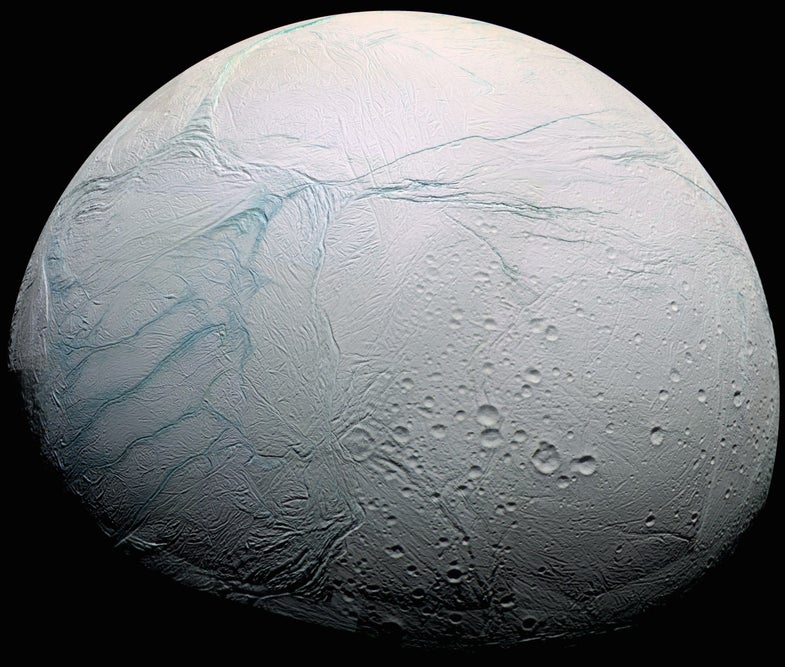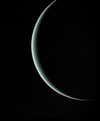The Coldest, Snowiest, Iciest Places In Our Solar System
As you battle the blizzard, just be happy you don't live on Pluto


Mars Polar Ice Caps

Enceladus

Titan

Europa

Triton

Uranus

Pluto

The Moon